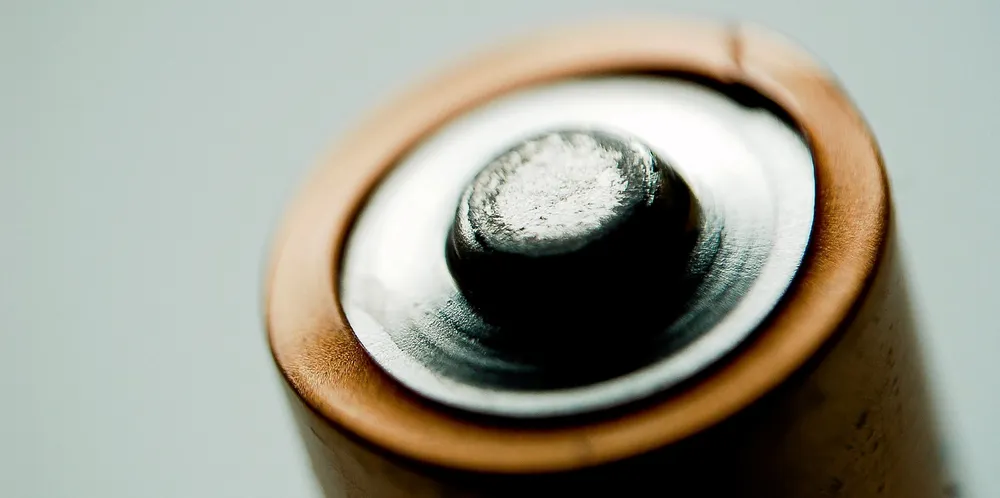Breakthrough for new battery that boasts five times the power of lithium-ion
The technology is commercially ready to increase the power of electric vehicles and mobile phones five-fold, according to the researchers

The technology is commercially ready to increase the power of electric vehicles and mobile phones five-fold, according to the researchers
